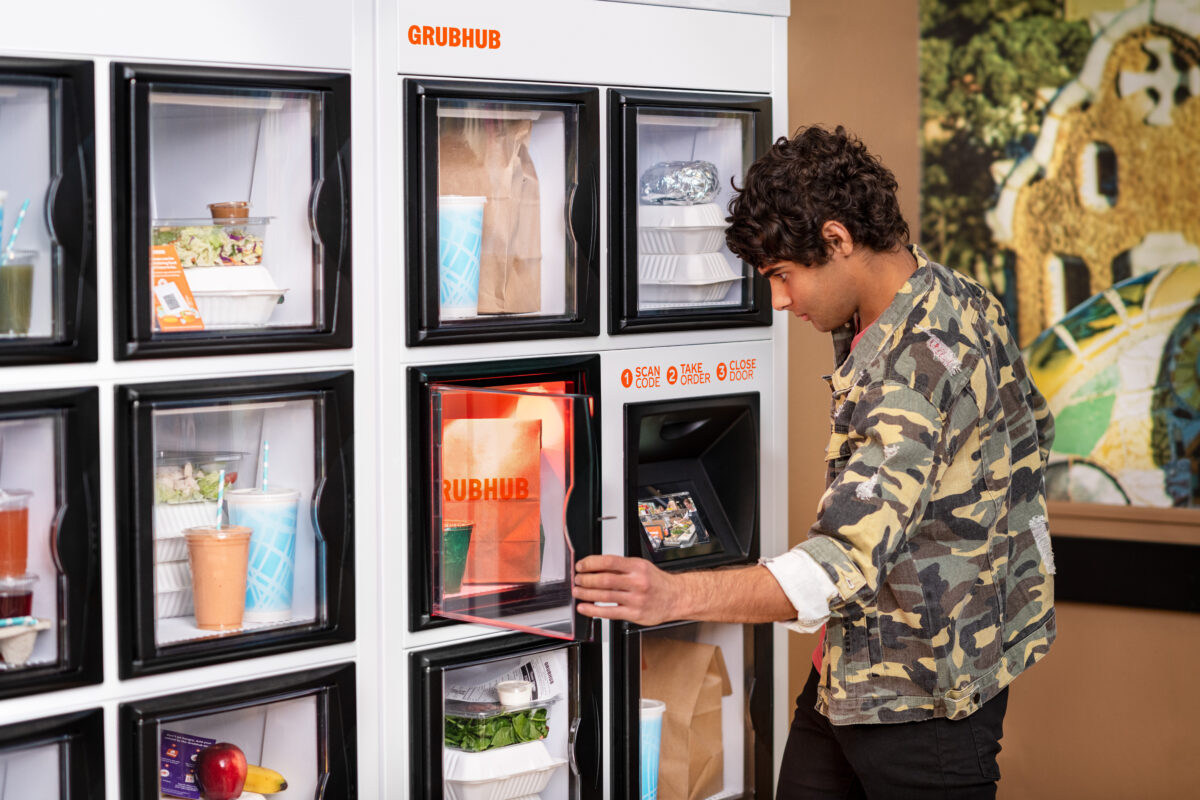Food is undoubtedly a crucial component to any type of guest experience. Rotating menus can take any dining program to the next level—and keep everyone coming back for more.
What is a rotating menu?
A rotating menu is one that changes periodically. There are many ways to approach menu rotation—you could offer different specials each day or week, for example, or a selection of seasonal dishes that changes every few months.
The rotation of dishes depends on guest and staff preferences and the needs of your operation. Some venues create a new set of specials every week; others create a 4-week rotation that repeats every month.
How do rotating menus benefit guests and staff?
Implementing a changing menu often requires a shift in your operation’s workflow. Before you make the decision, consider how it might improve the overall dining experience.
1. Adds variety to diets
If customers are regularly relying on your foodservice program, they may grow tired of a static menu with the same items day after day, week after week. Rotating menus ensures everyone always has something new to try, helping increase order volume and loyalty. An ever-changing selection of dishes helps them diversify their nutritional intake, which is essential for overall health and well-being.
2. Enhances culture
When you set your kitchen up to accommodate a rotating menu, you have the freedom to introduce new dishes on a regular basis. This flexibility enables you to offer themed menu items that celebrate events and holidays. You might offer special heart-shaped desserts on Valentine’s Day or a turkey dinner special in November for Thanksgiving. These fun menu additions are a great way to excite customers and build program loyalty.
3. Promotes engagement
When you implement a rotating menu, guests become eager to see which new items have been added. Some customers may develop a favorite meal on your menu and will anticipate when the next time they’ll be able to order it. This is a great way to generate engagement and excitement behind your dining program which ultimately can help increase your revenue.
4. Improves flavor and food quality
If you’re incorporating local seasonal ingredients into your rotating menu, it can have a significant impact on the taste, freshness, and quality of the food. That’s because seasonal foods don’t need to be shipped long distances—you can get them from farmers and suppliers in your region. The shorter transport times mean food can be harvested later, when it’s closer to peak ripeness and maximum flavor.
5. Satisfies preferences
Rotating menus can speak to many people’s deeply held convictions about the environment and sustainability. Research shows 67% of Gen Z members see climate change as a priority. What’s more, 75% consider sustainability when they make a purchase. Partnering with local suppliers reduces your carbon dioxide emissions and supports the community, so guests and staff can feel good about eating in your restaurant.
6. Helps keep prices in check
A rotating menu can help you maintain affordable prices—a big benefit for customers looking to dine on a budget. Using seasonal ingredients often reduces shipping fees, especially if you’re buying locally. Scheduling dishes for distinct periods of time also simplifies your ordering process. You can even plan the rotation based on which ingredients are most affordable and pass the savings on to customers.
Creating rotating menus with Grubhub On Site
Once you decide to add rotating menus to your dining operation, it’s important to get the new dishes in front of your customers quickly. In-house, you can simply add the new items to a digital menu board or menu insert. If you offer online orders for takeout and delivery, you’ll need to ensure the menu is updated in all your ordering portals.
Grubhub On Site can streamline the process—the “Schedule” feature makes it easy to set up rotating menu items in advance. Choose a date and time and the system will automatically push the changes to your Grubhub app listing and online ordering website. To see how it works, get in touch today.





